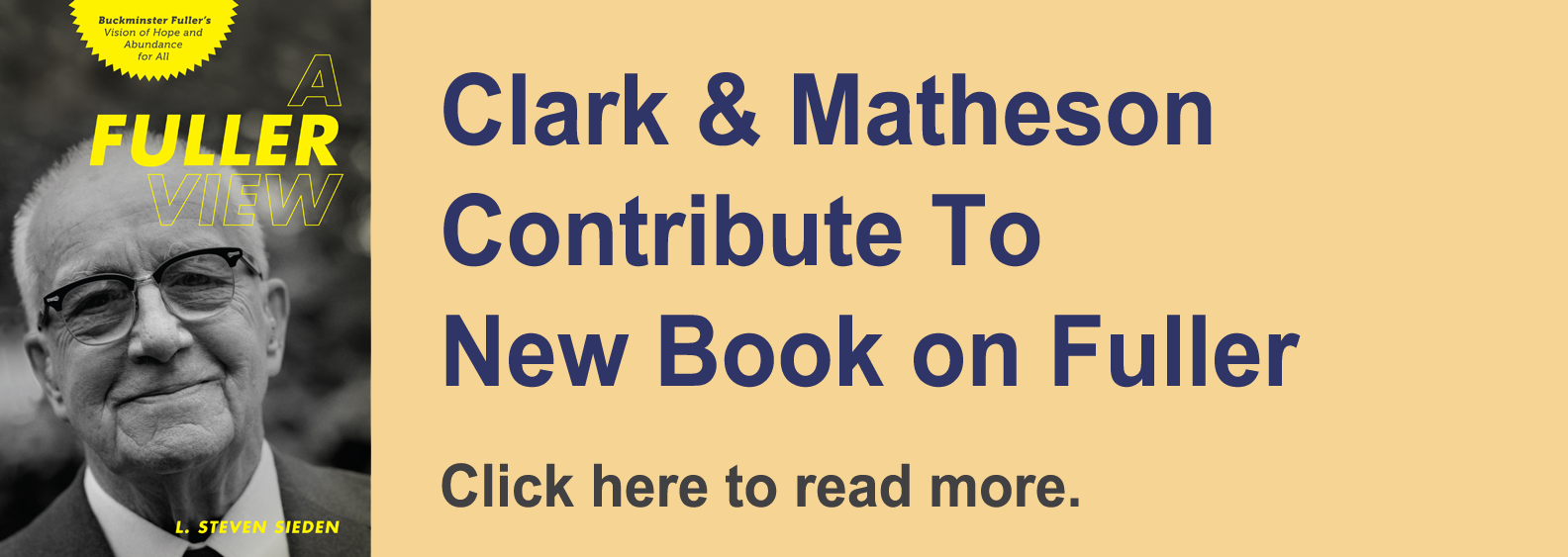The Value of Team Agreements

Once a group decides that it truly wants to operate as a tight, high performance team, it must set operating tolerances at varying degrees of tightness, depending on how high performance it wants to be. Most organizations have operational standards for producing and delivering their goods or services, but have no behavioural standards that govern the conduct between team members or clients. It is these standards that, if created and agreed upon by the team, will hold a team together, especially when the pressure is on and challenges arise.
Unfortunately, most people do not know who is really on their team until they are under pressure, and at that point it is too late to negotiate. The purpose of creating Team Agreements is to establish the framework ahead of time for how team member s will treat each other in good times, as well as in times of challenge.
Standards Must Be Created By The Team …
Code of Conduct standards must be created by the team itself and should be created based upon the specific behavioural upsets and/or problems that are unique to that team. For example, a team of floor traders for a very large global investment bank decided that public humiliation was no longer going to be permitted on the trading floor. For this group, this issue was of top priority. Eventually, this team transformed from a band of “roving gunslingers” into a rugby-like team that backed each other up and worked together. Because of their willingness to self-legislate Team Agreements that optimized innovation, respect and collaboration, the number s that this team produced quickly became the highest in the entire organization.… And Must Be Upheld By The Team!
It is critical that standards are upheld internally by the team. In other words, if a standard is breached, any or all team member s are obligated to “call” the breach. If this does not happen (and, notably in most organizations, it never does), the standards will not be taken seriously and within a short period of time, the team environment eventually becomes weaker than if there were no standards at all because everyone senses the lack of commitment. Additionally, if standards are left to managers and super visors to police and legislate, there is no team, there are only employees. There is a significant difference between a team and a group of employees. Creating, policing and acknowledging the Team Agreements places the responsibility clearly on the shoulders of each team member and is critical to instilling the level of personal responsibility that is crucial to peak performance.Guidelines for Creating Team Agreements
1. The new standard should “stretch” previous behavioural standards.2. Clearly identify the real under lying problem, rather than the symptom.
3. The standard should be specific and “call-able” and not subject to misinterpretation or judgment.
4. Put the new standard in writing, circulate it and post where all team member s can read it.
5. Everyone must agree to commit and uphold the standard.
6. Standards must be calibrated and surveyed on a regular basis to optimize quality and tolerances.
7. The team must be able to realize and articulate a real benefit by maintaining the standard.
“Calling” and Correcting Behaviour
There is an appropriate time, place and manner to “call” substandard behaviour in order that the offending team member is not humliated. Remember that public criticism is very difficult for most people to take well, and if the goal is to correct/change the offending behaviour, the feedback must be provided thoughtfully. If a person upholds a standard which they previously had difficultly with, the rest of the team needs to acknowledge it. This will reinforce the desired behaviour.Tips on “Calling” Behaviour Effectively
If you are issuing the "call":
1. Use non-threatening language and tonality. Cool off first if necessary.2. Use the term "we" and appeal to the benefit of the team rather than making it a personal issue .
3. Issue the “call” in private, one-to-one.
4. Qualify your concern about their reaction, if necessary, along with your true intent in improving life for everyone concerned – it’s not about ‘blaming’ anyone. Lead with personal fears, emotions and considerations in the beginning of the conversation. (For example: "I have been a bit afraid to communicate this to you for fear of …")
5. Offer to be supportive early in the conversation. (For example: "I am not saying this to get you upset, but to find out what I can do to support in making this work …")
6. Address the issue cleanly.
7. Ask what happened and why.
8. Ask if there is a lesson in this for everyone.
9. Thank them for listening and being willing to work with you on the issue.
If you are receiving the "call”:
1. Listen all the way through without interrupting or preparing your defense.
2. Admit the mistake early, if the “call” is accurate.
3. Ask for assistance in correcting, if you want to be supported.
4. If "call" is inaccurate, correct the caller and offer to help solve the problem anyway.
5. Provide non-confrontive feedback to the “caller” so they can correct their dialogue next time.
6. Offer a plan as to what you will do to prevent future occurrences.


